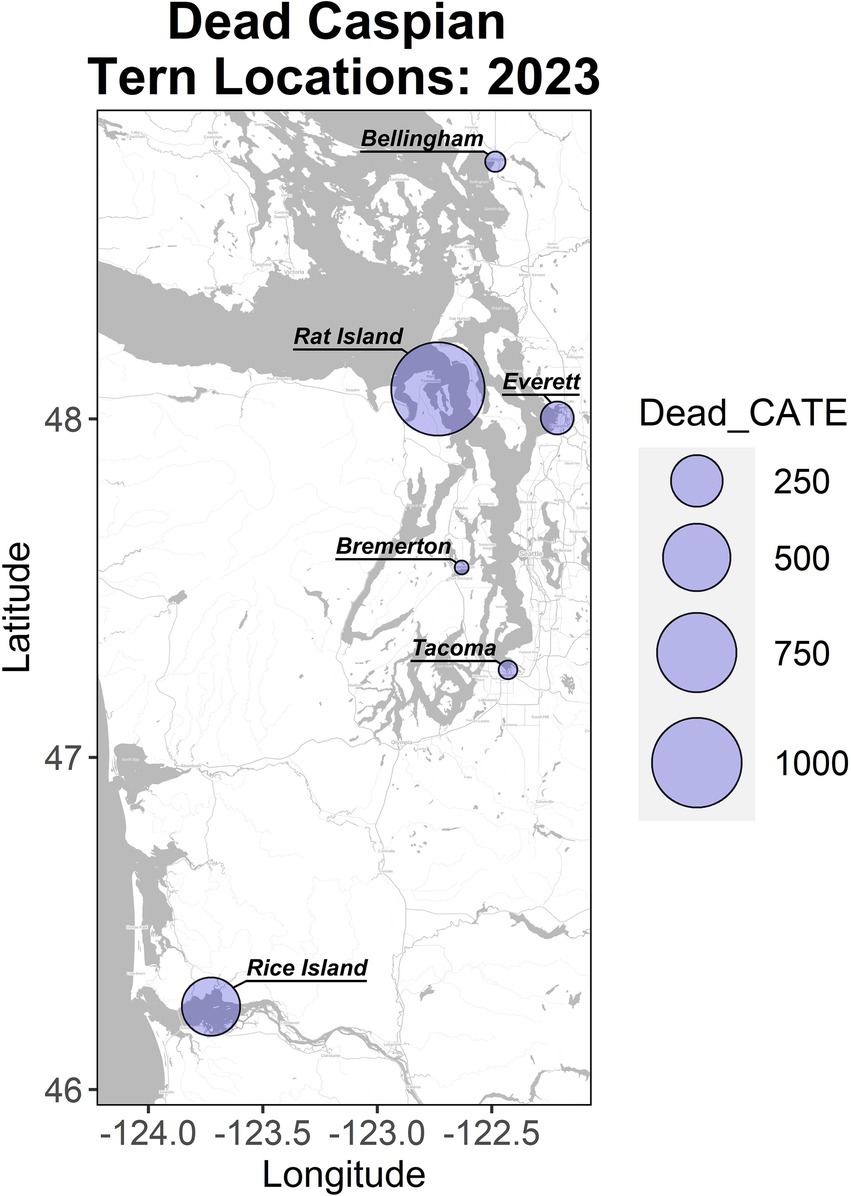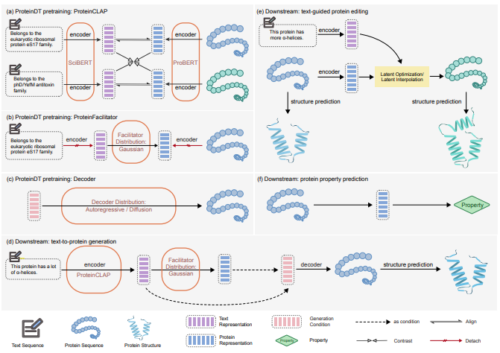2024-11-05 ペンシルベニア州立大学(PennState)
<関連情報>
- https://www.psu.edu/news/eberly-college-science/story/testing-thousands-rna-enzymes-helps-find-first-twister-ribozyme
- https://academic.oup.com/nar/advance-article/doi/10.1093/nar/gkae908/7875984
1,000以上の生物から採取した天然のツイスター・リボザイムを直接テストした結果、構造の不完全性に対して幅広い耐性があることが明らかになった Direct testing of natural twister ribozymes from over a thousand organisms reveals a broad tolerance for structural imperfections
Lauren N McKinley, McCauley O Meyer, Aswathy Sebastian, Benjamin K Chang, Kyle J Messina, Istvan Albert, Philip C Bevilacqua
Nucleic Acids Research Published:05 November 2024
DOI:https://doi.org/10.1093/nar/gkae908

Graphical Abstract
Abstract
Twister ribozymes are an extensively studied class of nucleolytic RNAs. Thousands of natural twisters have been proposed using sequence homology and structural descriptors. Yet, most of these candidates have not been validated experimentally. To address this gap, we developed Cleavage High-Throughput Assay (CHiTA), a high-throughput pipeline utilizing massively parallel oligonucleotide synthesis and next-generation sequencing to test putative ribozymes en masse in a scarless fashion. As proof of principle, we applied CHiTA to a small set of known active and mutant ribozymes. We then used CHiTA to test two large sets of naturally occurring twister ribozymes: over 1600 previously reported putative twisters and ∼1000 new candidate twisters. The new candidates were identified computationally in ∼1000 organisms, representing a massive increase in the number of ribozyme-harboring organisms. Approximately 94% of the twisters we tested were active and cleaved site-specifically. Analysis of their structural features revealed that many substitutions and helical imperfections can be tolerated. We repeated our computational search with structural descriptors updated from this analysis, whereupon we identified and confirmed the first intrinsically active twister ribozyme in mammals. CHiTA broadly expands the number of active twister ribozymes found in nature and provides a powerful method for functional analyses of other RNAs.


